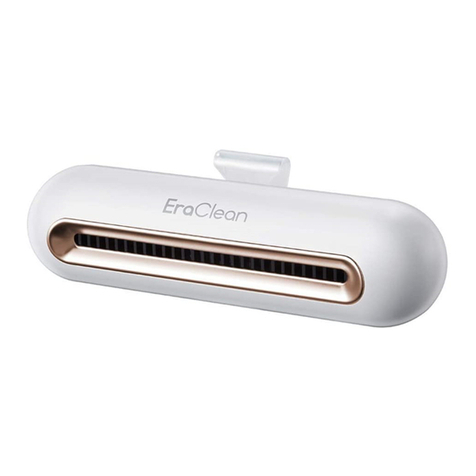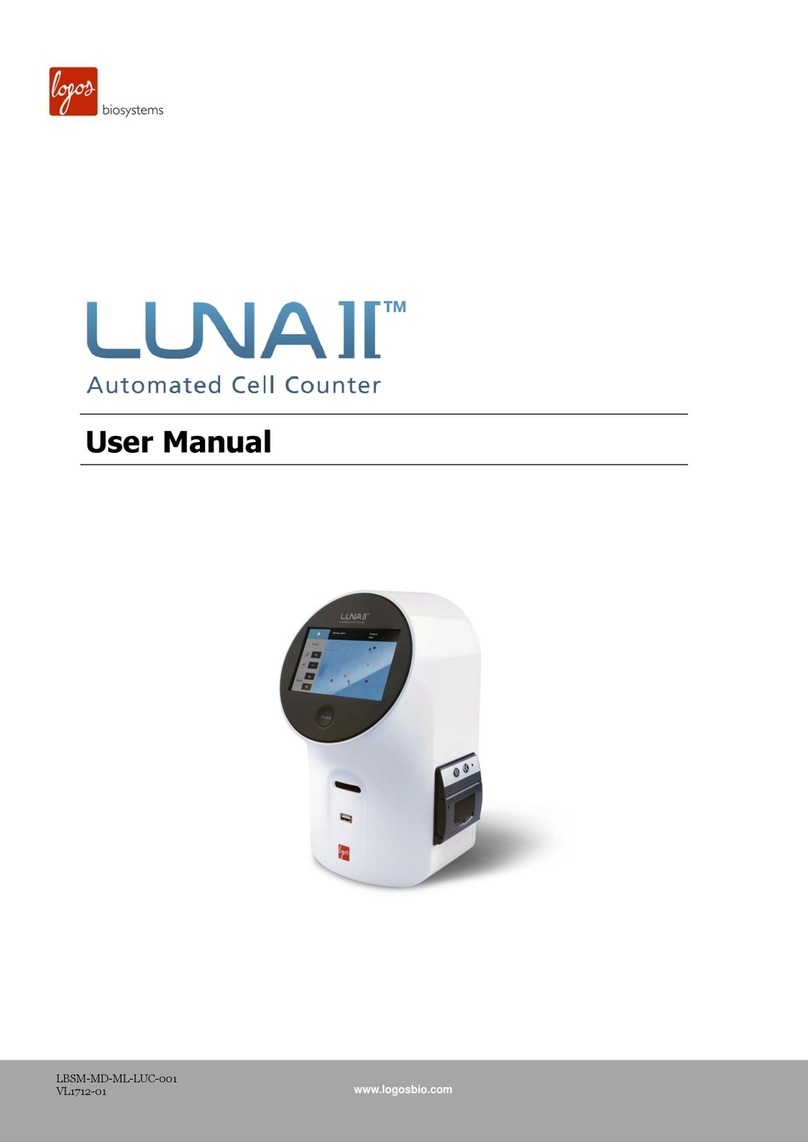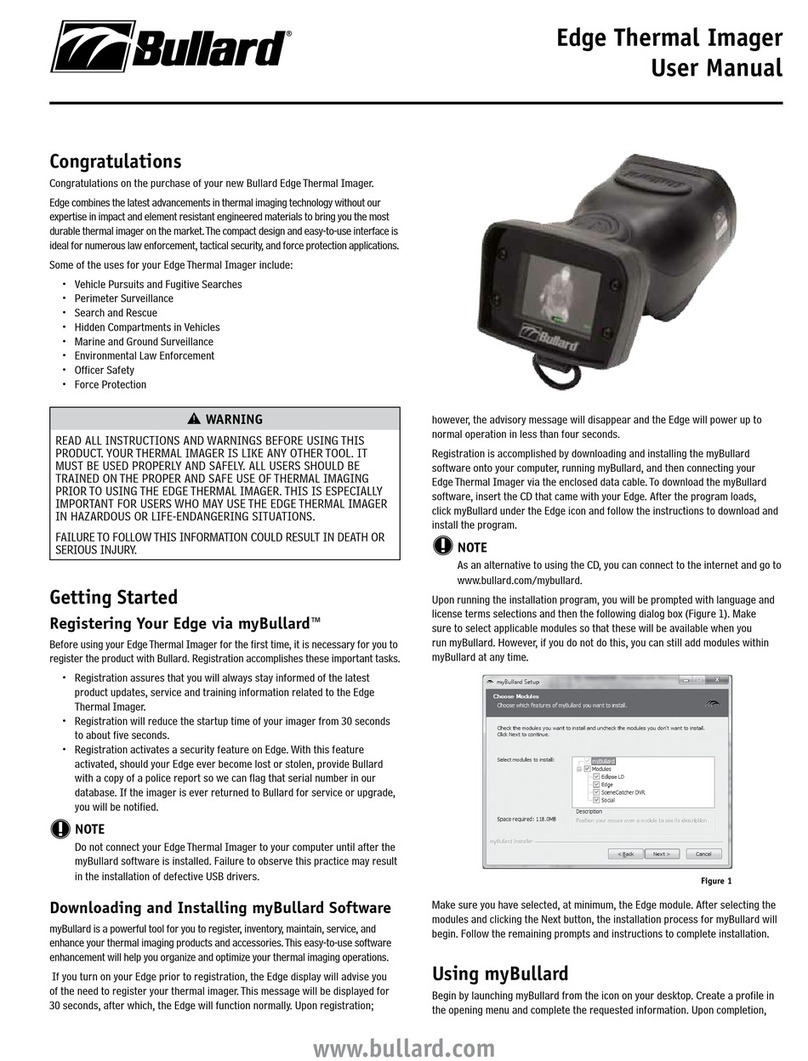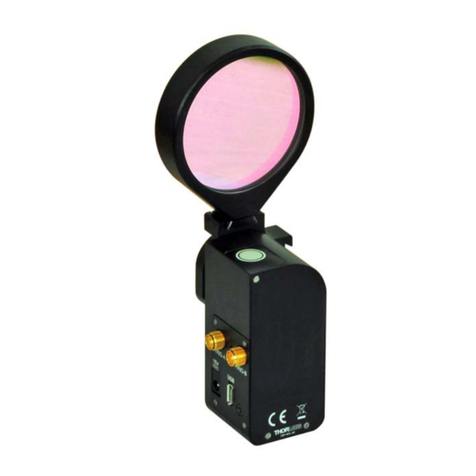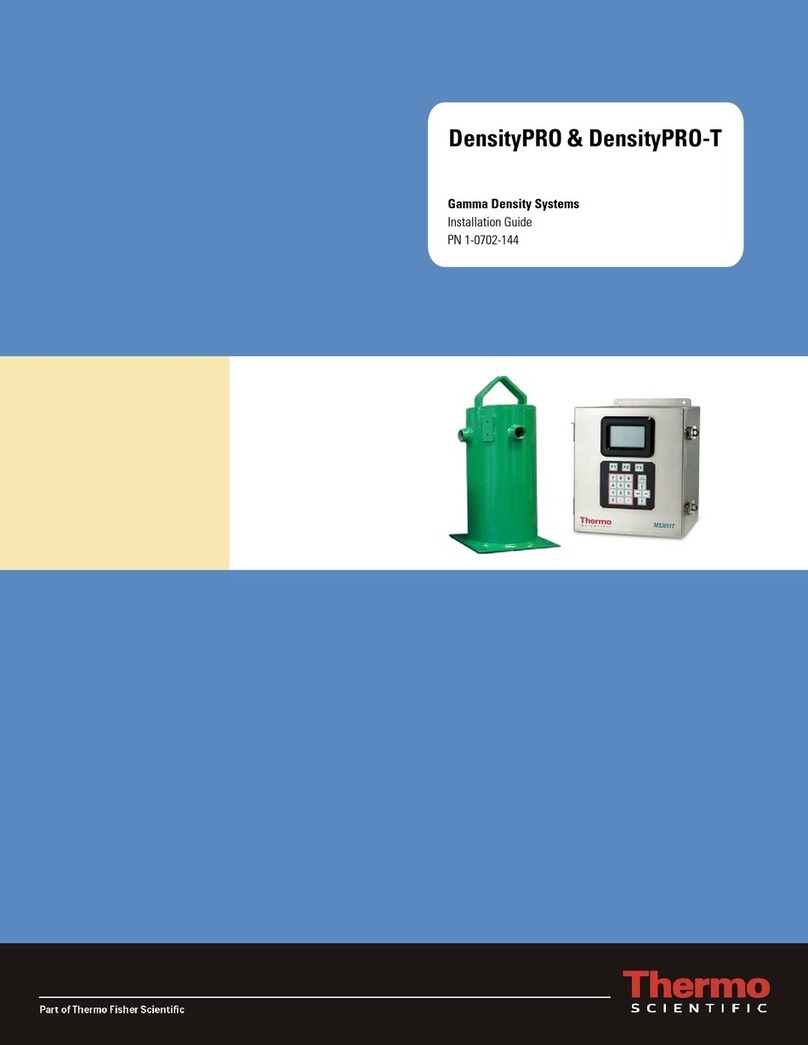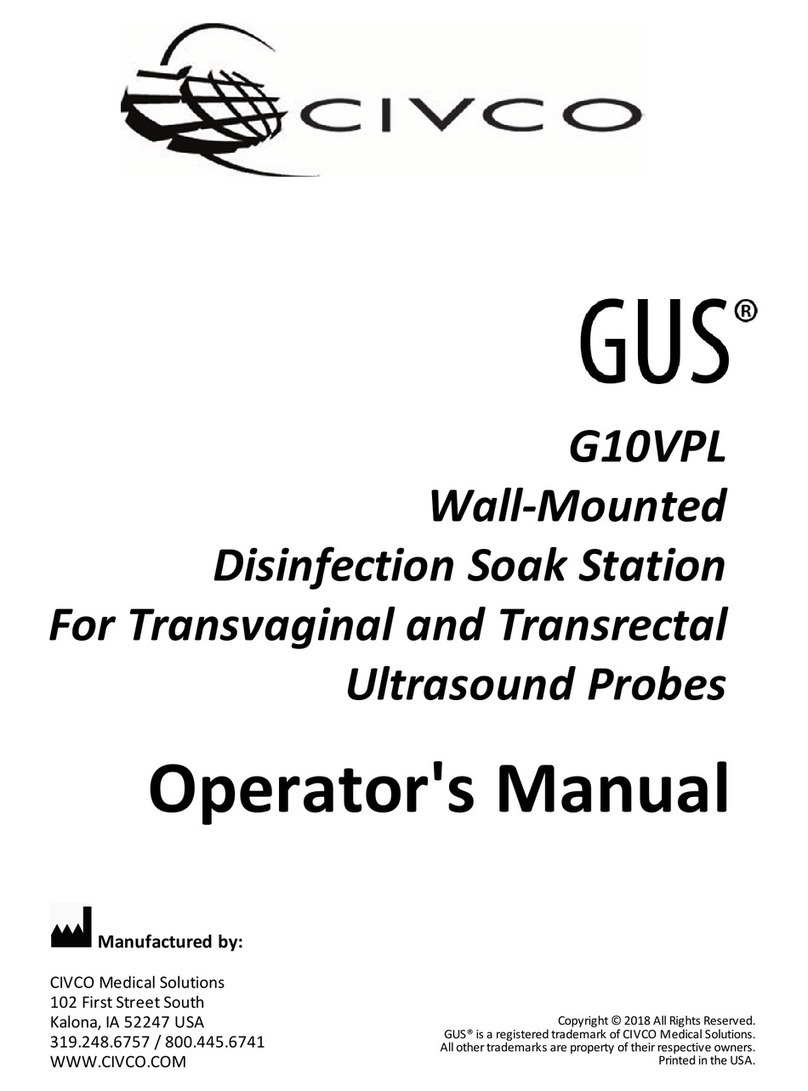Chopin SDmatic Instruction sheet
















Other manuals for SDmatic
1
Table of contents
Languages:
Other Chopin Laboratory Equipment manuals
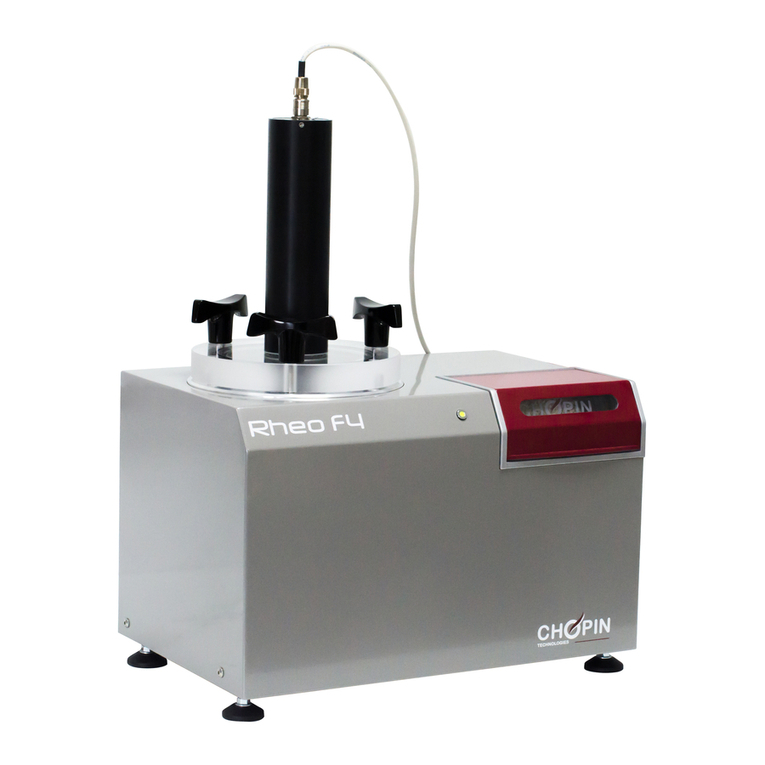
Chopin
Chopin RHEO F4 Instruction sheet
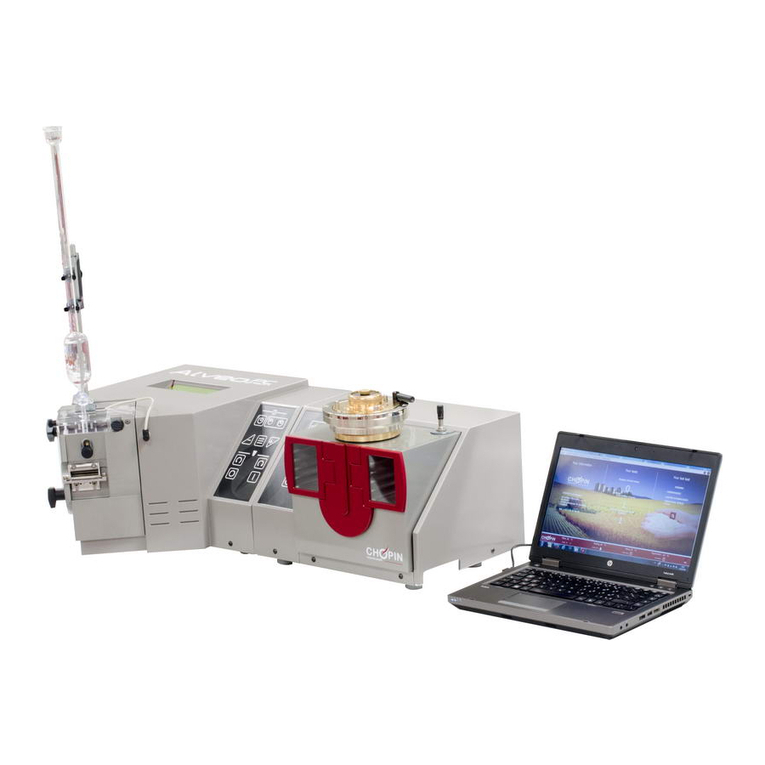
Chopin
Chopin Alveo PC graph Instruction sheet

Chopin
Chopin Mixolab 2 Instruction sheet
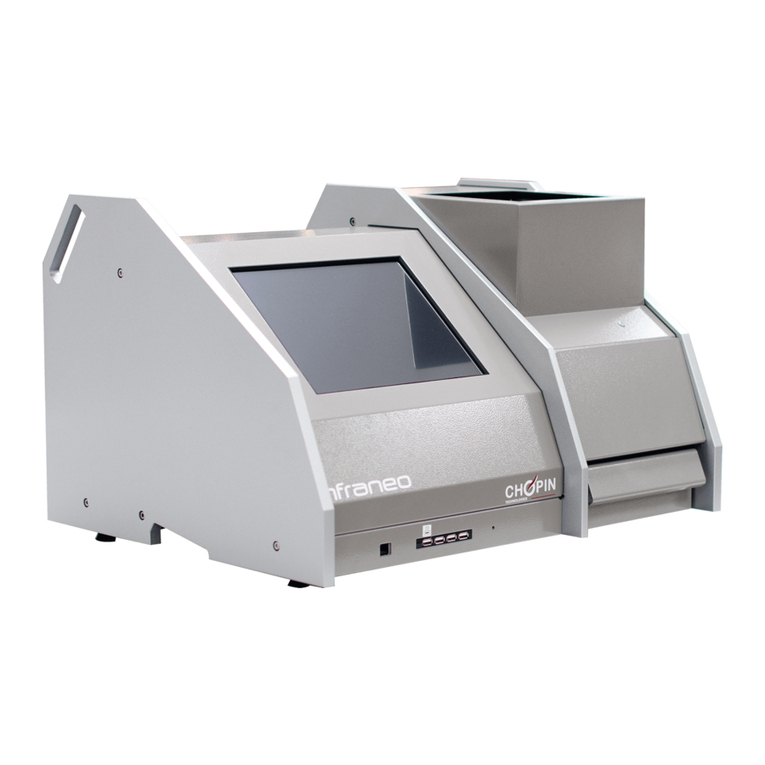
Chopin
Chopin Infraneo Instruction sheet
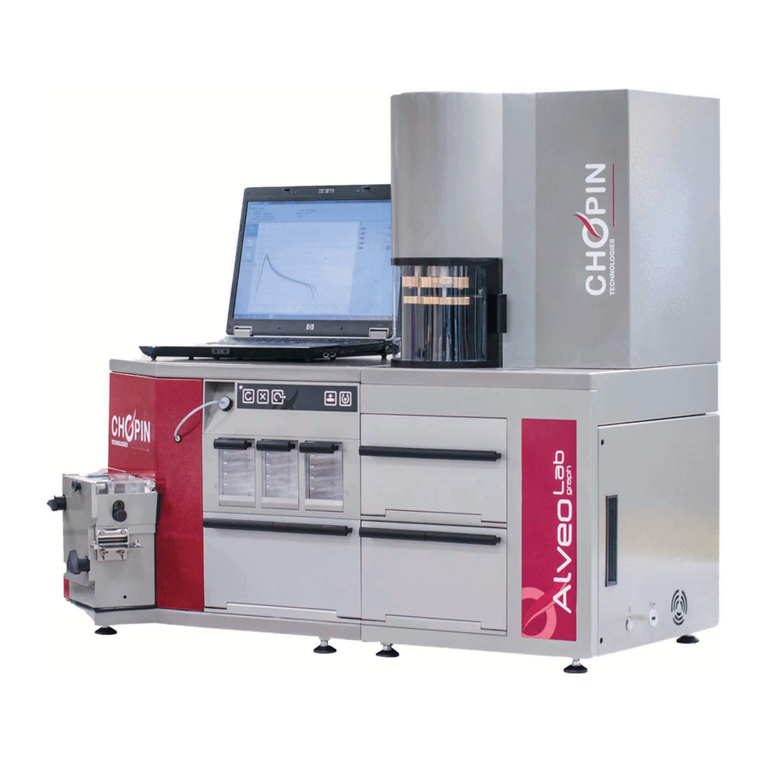
Chopin
Chopin AlveoLabgraph Instruction sheet
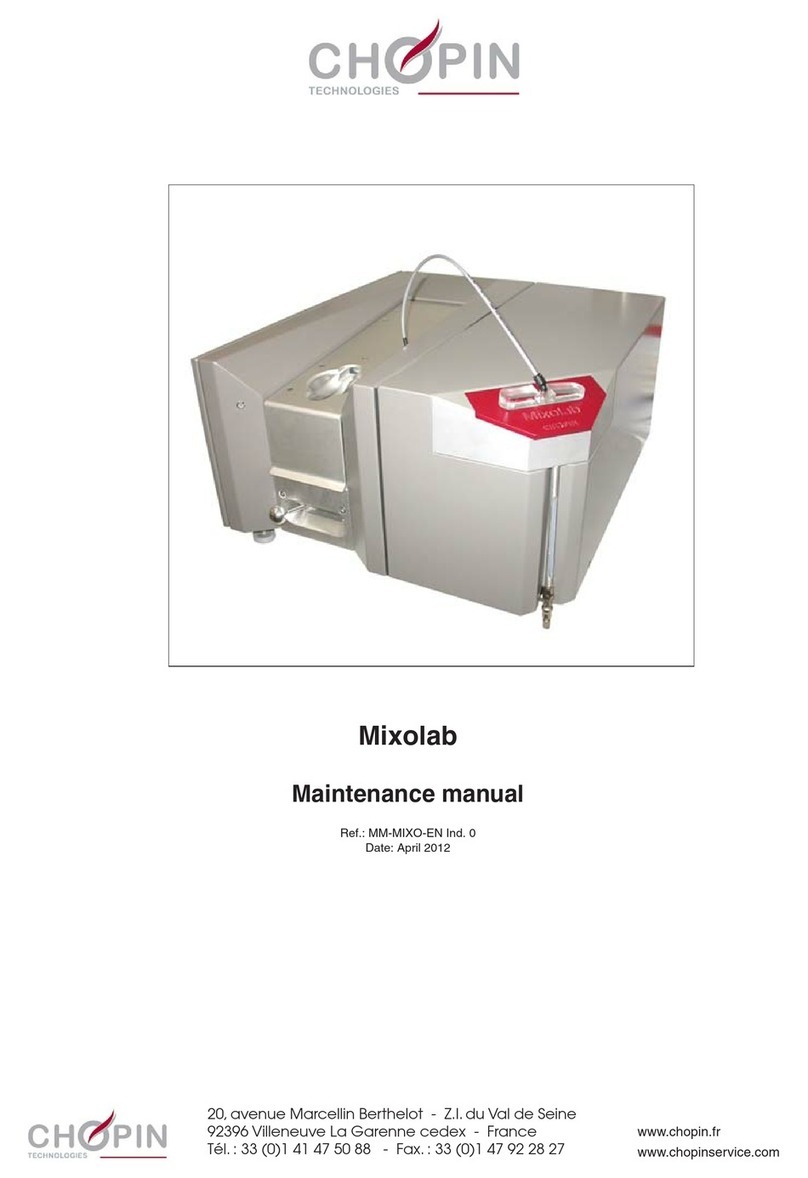
Chopin
Chopin Mixolab User manual
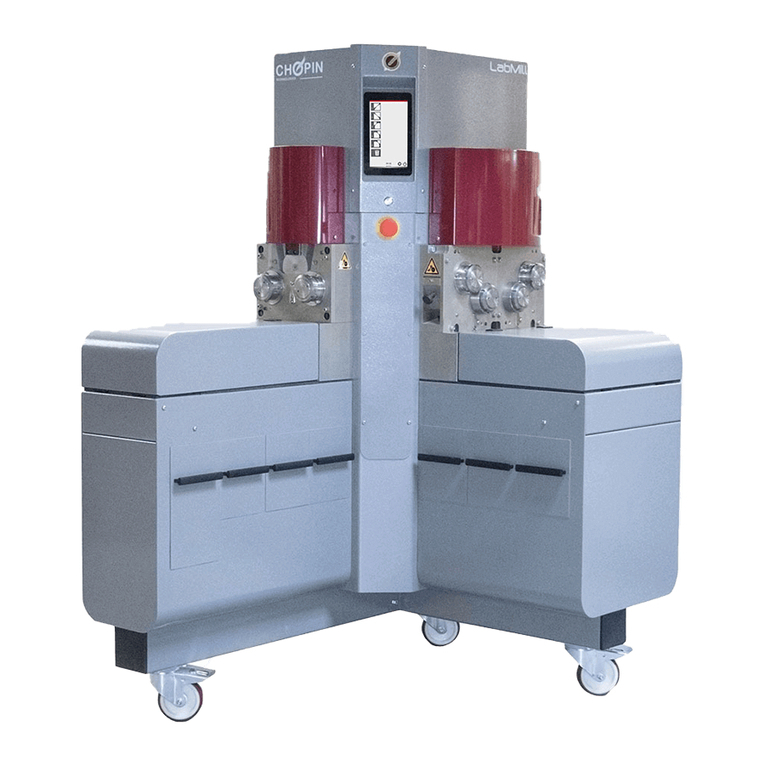
Chopin
Chopin LabMill Instruction sheet
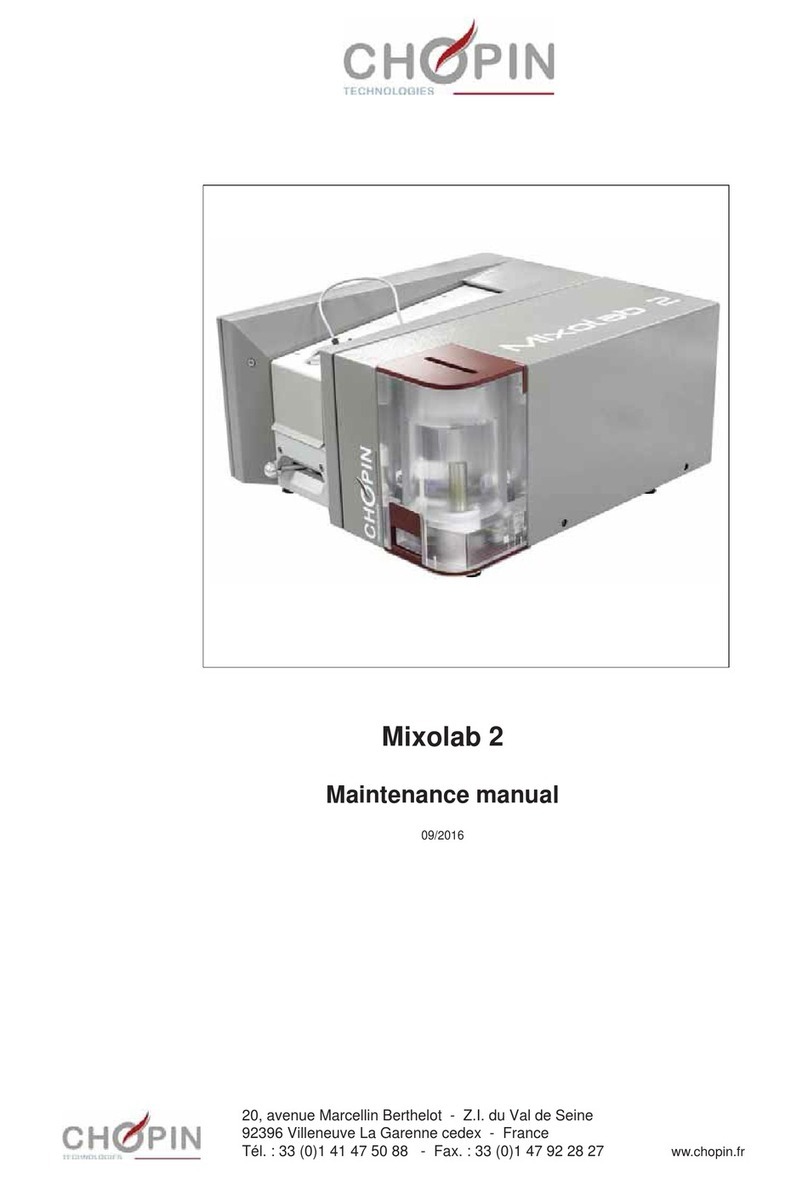
Chopin
Chopin Mixolab 2 User manual
Popular Laboratory Equipment manuals by other brands
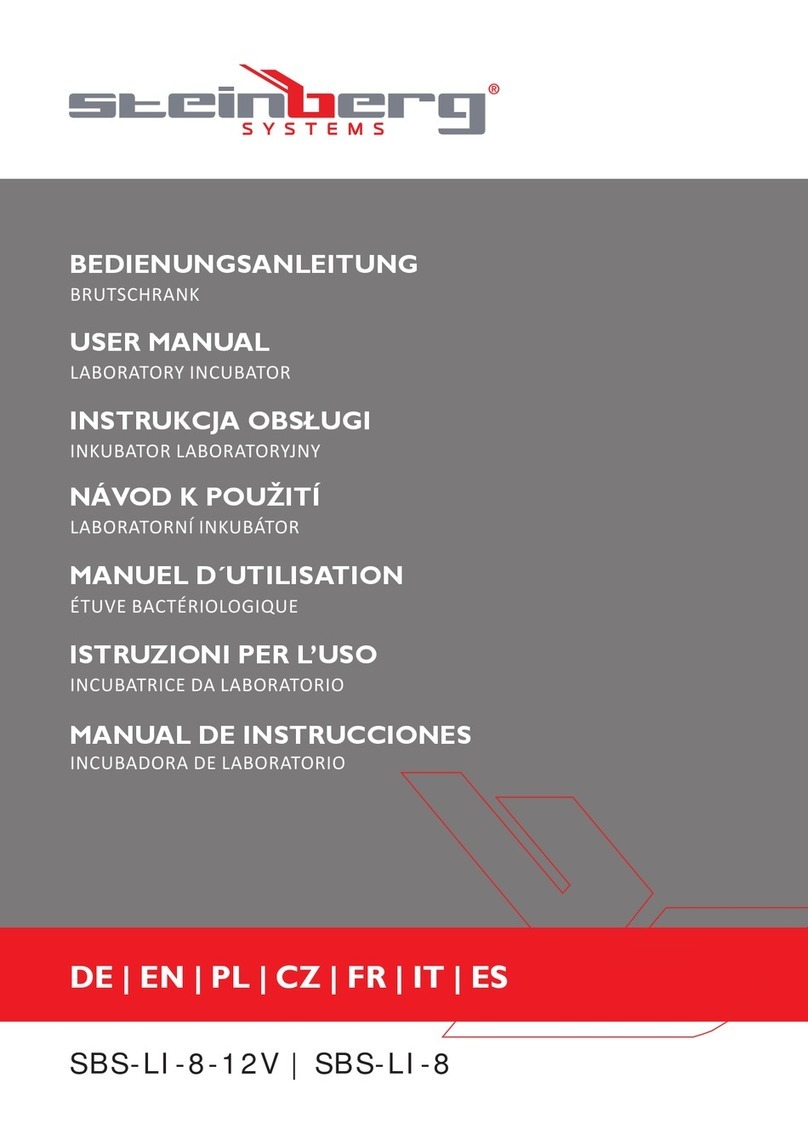
Steinberg Systems
Steinberg Systems SBS-LI-8-12V user manual
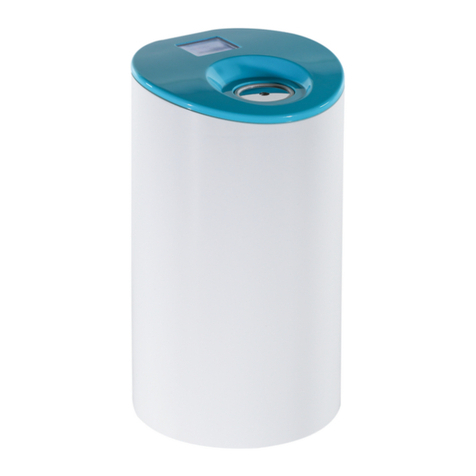
NeedleSmart
NeedleSmart Professional user manual
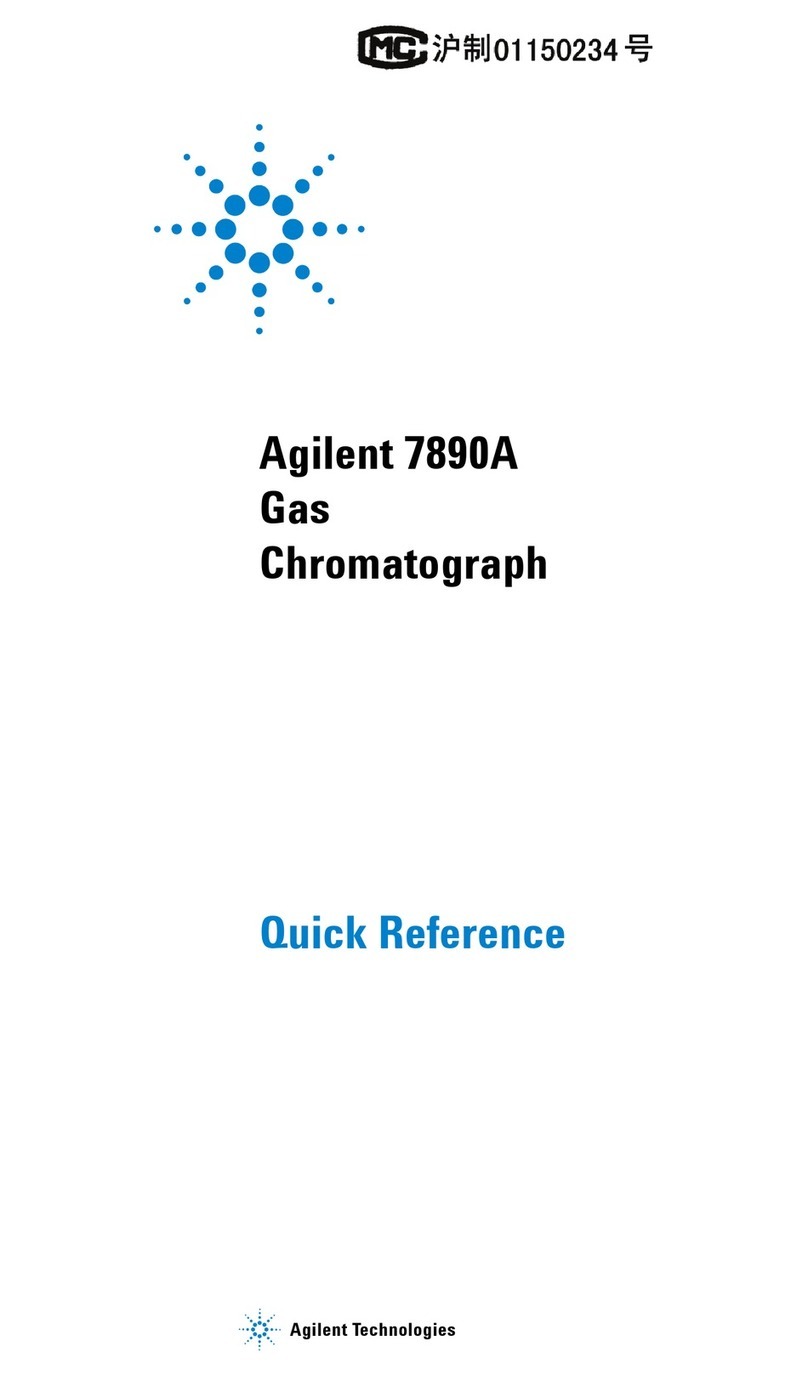
Agilent Technologies
Agilent Technologies 7890A quick reference
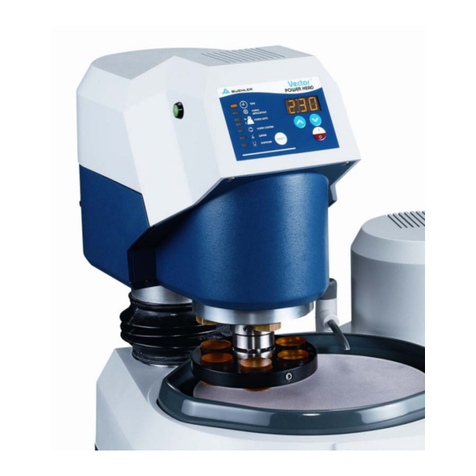
Buehler
Buehler Vector manual
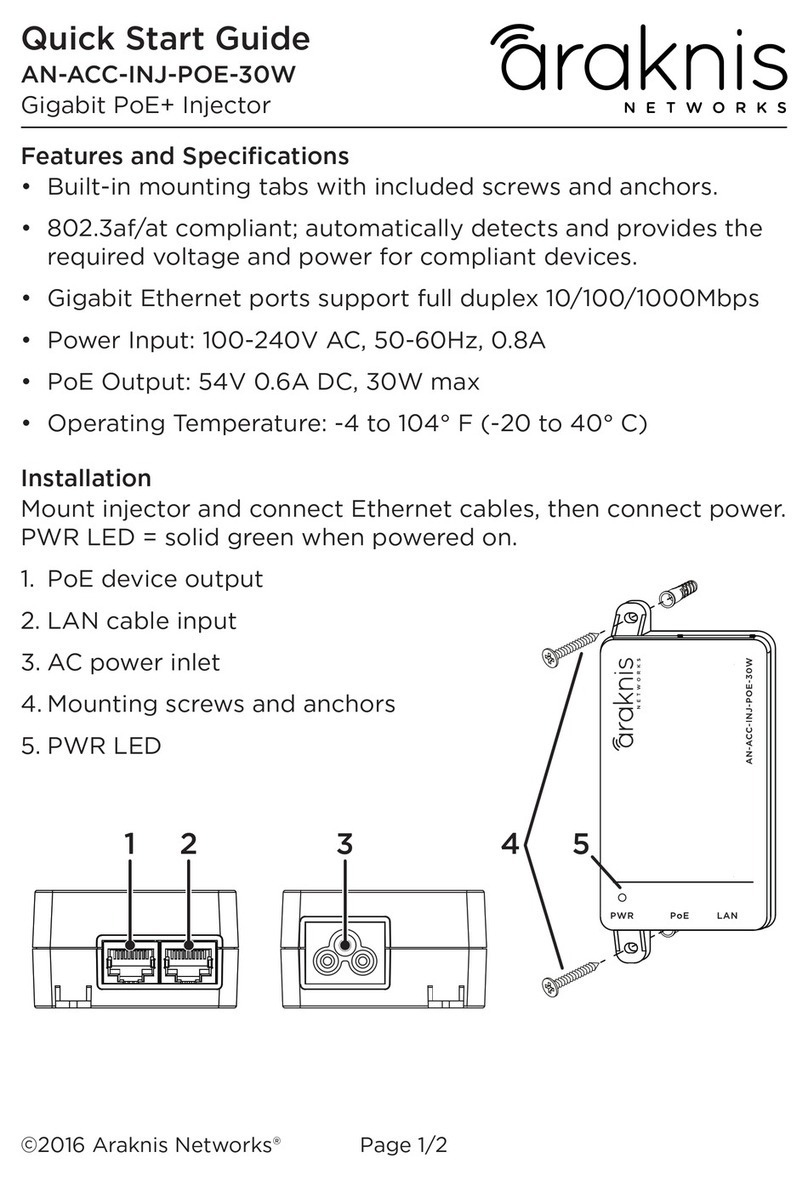
Araknis Networks
Araknis Networks AN-ACC-INJ-POE-30W quick start guide
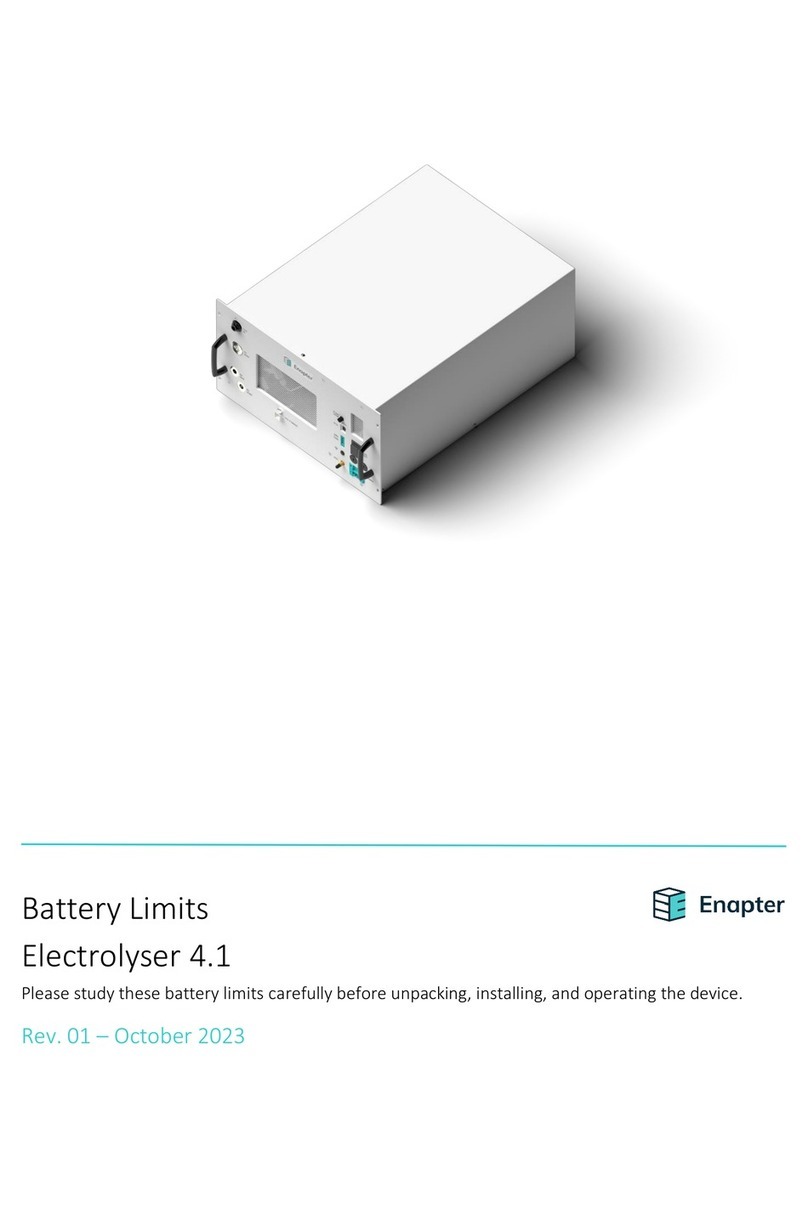
Enapter
Enapter Electrolyser 4.1 quick start guide

PolyScience
PolyScience MX07R-20 Operator's manual
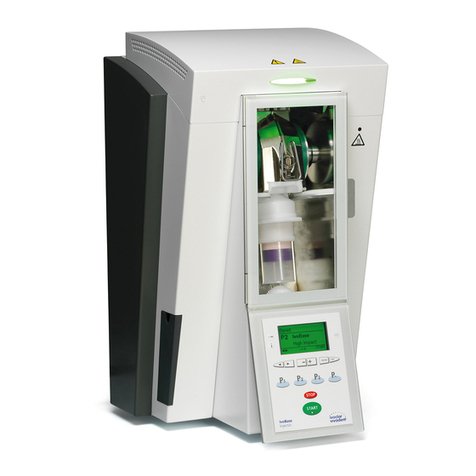
Ivoclar Vivadent
Ivoclar Vivadent IvoBase Series operating instructions

Thermo Scientific
Thermo Scientific Orion Star Series quick guide
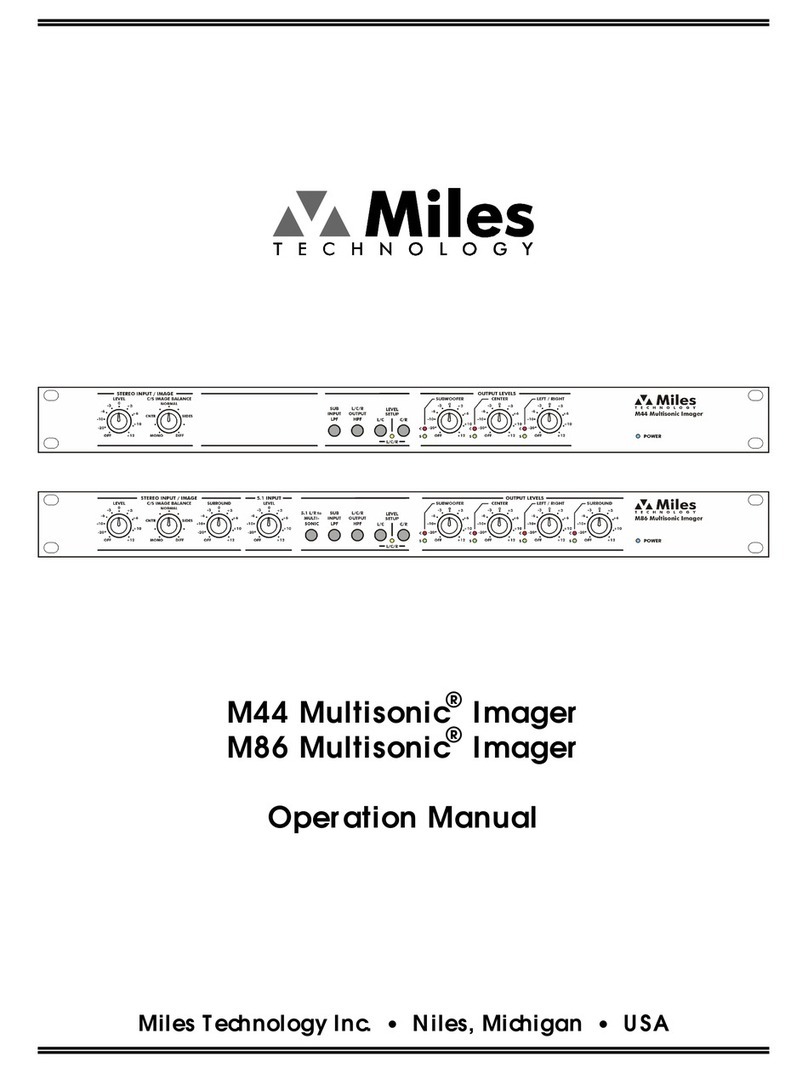
Miles Technology
Miles Technology Multisonic M44 Operation manual

Xintai
Xintai S240 user manual
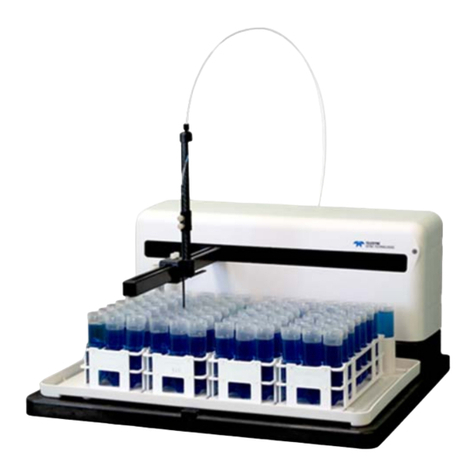
PerkinElmer
PerkinElmer LAMBDA 265 user guide
